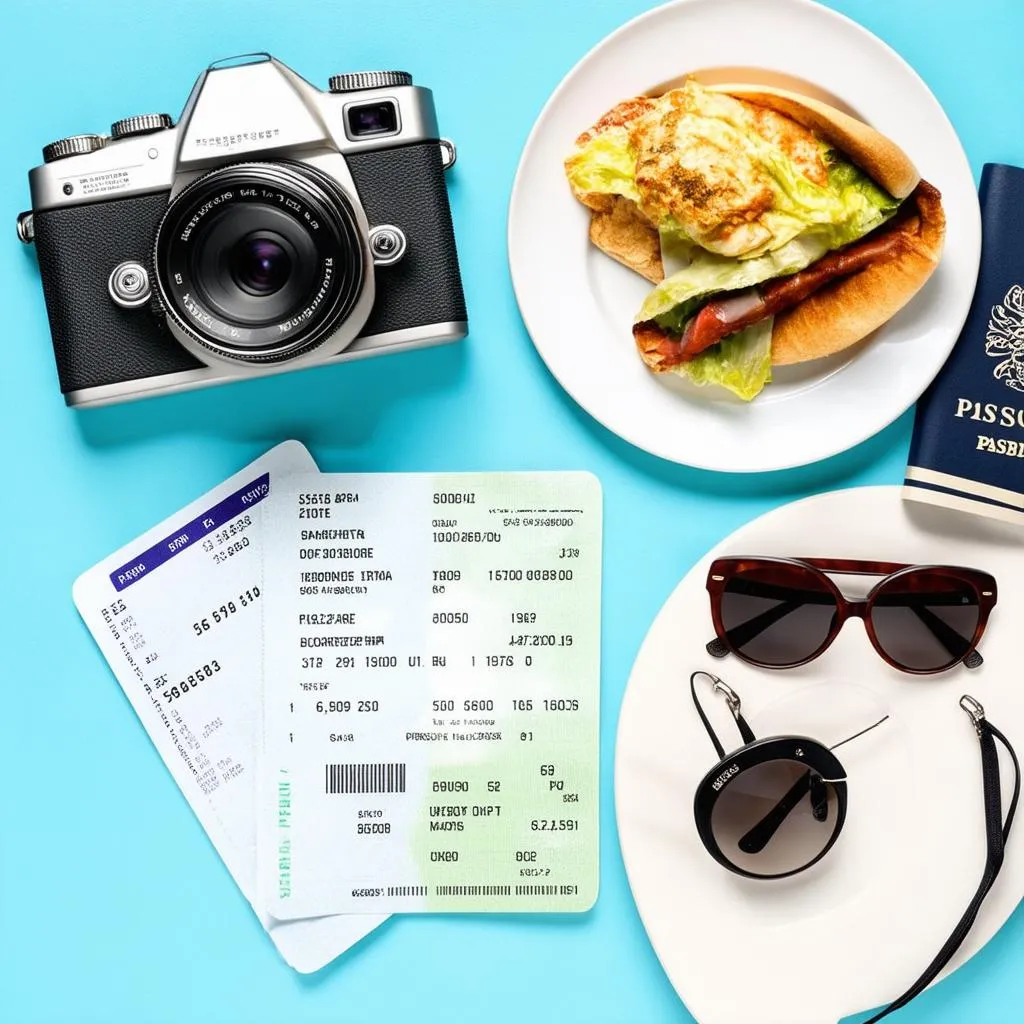Remember that time you treated yourself to those mouthwatering tacos from a street vendor in Cancun? Or that unforgettable pasta dish overlooking the Roman Forum? Food is such an integral part of the travel experience, but it can also put a serious dent in your budget. So, are meals while traveling considered a travel expense? Let’s dig in!
Understanding Travel Expenses: From Airfare to Apfelstrudel
Before we answer that burning question, let’s clarify what constitutes a “travel expense.” Generally, these are costs incurred while away from your primary residence for business or leisure. This can include:
- Transportation: Flights, train tickets, bus fares, rental cars – basically, anything that gets you from point A to B during your trip.
- Accommodation: Hotels, hostels, Airbnb rentals – your home away from home.
- Activities: Museum entries, guided tours, adventure sports – the fun stuff that makes your trip memorable!
- And yes, meals: Whether it’s a Michelin-starred experience or a quick bite from a local food stall, those culinary delights fall under travel expenses.
But Hold On… Is It Always a Travel Expense?
Here’s where things get a little trickier. While meals are generally considered travel expenses, how you categorize and claim them depends on the purpose of your trip:
1. Leisure Travel: Indulge (and Budget) Wisely
For personal vacations, those delectable meals are part of your overall trip cost. While you can’t deduct them from your taxes, smart budgeting is key. Consider these tips:
- Research local eateries: Websites like TripAdvisor and local food blogs can guide you towards delicious and affordable options.
- Grocery shop: If your accommodation has a kitchenette, preparing some meals can save you money.
- Set a daily food budget: And stick to it!
2. Business Travel: Receipts Are Your Best Friend
When traveling for work, meals become a business expense. However, there are often per diem limits and specific rules to follow.
- Company policy: Your employer should provide clear guidelines on allowable meal expenses and reimbursement procedures.
- Keep those receipts: Detailed receipts are crucial for claiming reimbursements.
- Per diem rates: Many companies use the standard per diem rates set by the General Services Administration (GSA) for domestic travel or the State Department for international travel.
 Travel Expenses Spread
Travel Expenses Spread
Planning Your Culinary Journey: Tips for Travel Foodies
No matter your reason for traveling, experiencing local cuisine is a must. Here are some tips for the travel foodie:
- Embrace street food: Often the most authentic and budget-friendly option.
- Take a cooking class: Learn to make regional specialties and impress your friends back home.
- Visit local markets: A feast for the senses and a great way to find fresh, local ingredients.
FAQs: Digesting the Details
Q: Can I claim alcohol as a meal expense on a business trip?
A: Generally, no. Most companies have policies limiting or excluding alcohol from reimbursable expenses.
Q: What if my meal costs more than the per diem rate?
A: You may be required to cover the difference or have a compelling reason for exceeding the limit, documented with receipts.
Q: Are there any apps that can help me track my travel meal expenses?
A: Yes, several apps like Expensify, Zoho Expense, and TripIt can streamline expense tracking and make reimbursements a breeze.
 Woman Using Travel App
Woman Using Travel App
Travel Far, Eat Well, and Budget Smartly
Whether you’re a backpacker on a shoestring budget or a business traveler dining in style, remember that food is an integral part of the travel experience. By understanding what constitutes a travel expense and planning accordingly, you can savor every culinary adventure without breaking the bank.
Want to discover more travel tips and tricks? Check out our articles on Are Meals While Traveling for Business Deductible and Is Business Travel Tax Deductible? for more insights. Safe travels and bon appétit!
